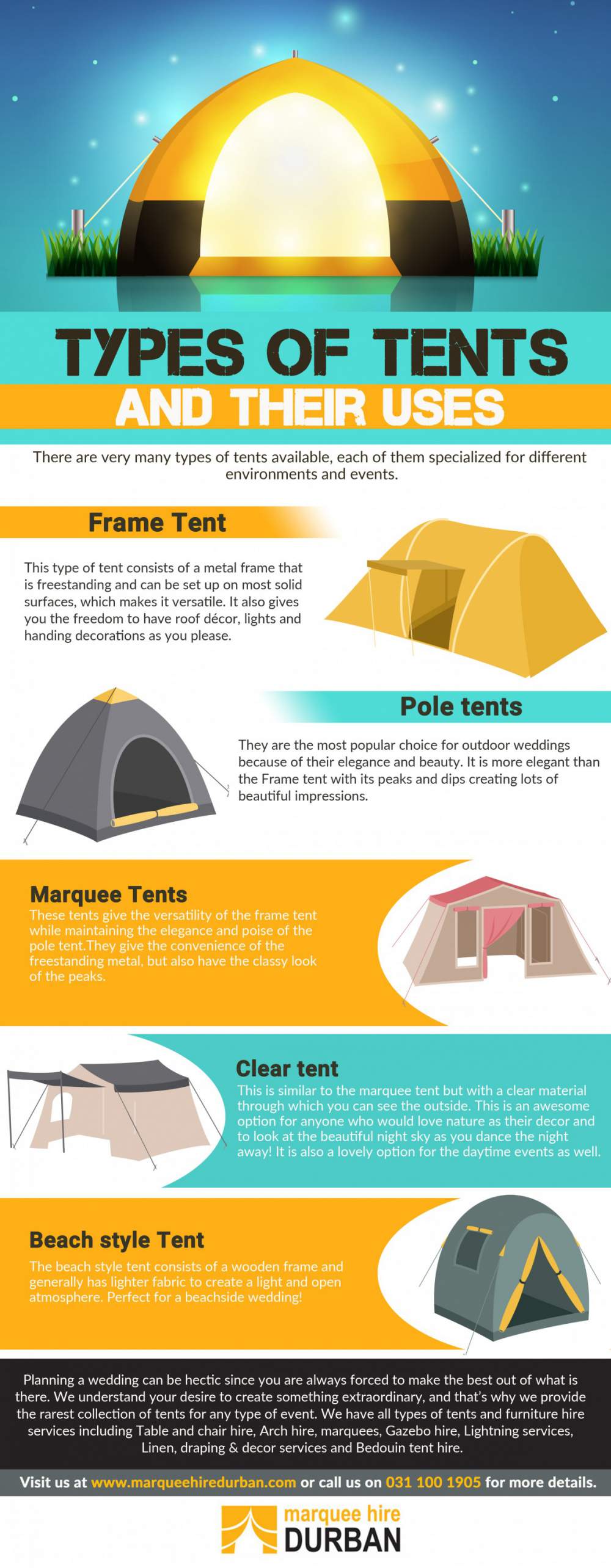Great Techniques For Selling Camping Tents Online
Great Techniques For Selling Camping Tents Online
Blog Article
Does Your Backpacking Tent Need a Footprint?
If you camp consistently in areas with rocks or sharp downed branches or simply dislike storing a damp, sloppy tent, then a footprint is most definitely worth considering. Footprints are also fairly inexpensive contrasted to a brand-new tent.
Where can I go glamping in Texas?
Lots of tent producers supply their very own certain impacts, which are cut to the specific dimension of the outdoor tents floor. Nevertheless, you can make one yourself with a light-weight textile like polycryo or tyvek.
Climate condition
Whether or not you require an impact truly depends on the problems you'll be camping in. If you're backpacking in a location where the ground is usually damp (it's practically unavoidable), an outdoor tents impact can be a helpful addition to your package, as it will stop your camping tent floor from coming to be soggy.
However, if the impact is too large it can serve as a moisture catch and potentially permit water to pool under your camping tent. This can be avoided by seeing to it the footprint is cut a little bit smaller sized than your outdoor tents on all sides.
Usually speaking, it's best to obtain an impact from the exact same maker as your tent to ensure an exact fit. They also have a tendency to be made from thicker, extra resilient materials than DIY choices. They can be expensive for something whose sole function is to secure the ground beneath your tent, but it can be a worthwhile financial investment if you care about the durability of your gear.
Terrain
Lots of top quality outdoors tents can function well without a footprint, especially those that have tub floorings constructed from sturdy products. However, the terrain you hike on can have a substantial impact on how swiftly your tent flooring wears out. Granite slabs, sandstone and other sturdy surface areas wear through the bottom of your camping tent much faster than verdant fields or woodland floorings.
An impact or ground cloth aids expand the life of your outdoor tents by serving as an obstacle in between the ground and the sewn-in groundsheet of your tent, states REI senior sales specialist Elizabeth Nguyen. It likewise shields the camping tent from abrasive aspects like sharp branches and rugged rocks that could pierce or tear the sewn-in flooring. When choosing a footprint for your camping tent, it is essential to ensure it's a little smaller than the outdoor tents on all sides. This protects against water from pooling between the outdoor tents and footprint during a rainstorm, which can leak into your outdoor tents. The best alternative for an impact is to purchase one created for your particular outdoor tents, which will guarantee a tight fit.
Tents with Reduced Deniers and Water Resistant Ratings
Whether you're an informal backpacker or a hardcore adventurer, the durability degree of your tent is a crucial consideration. Camping tents designed to be ultralight, fancy tents camping verging on minimal, typically compromise some degree of longevity in the material and products used.
One material specification you'll experience is denier, which describes the weight in grams of a 9,000-meter length of thread that makes up the camping tent's cover, rainfly, and/or floor. A greater denier specification represents more tough textiles, while lower numbers suggest lighter and much less resilient textiles.
Other specs to consider include floor measurements, vestibule size, and interior pockets. The previous mirrors the overall square-footage that can be utilized for comfortable space, while the latter can contribute in storage space by providing a location to tuck away equipment overnight and in bad climate. Air flow is likewise a vital variable; as you breathe out wetness during sleep, it needs to escape, or condensation might accumulate within. Functions such as mesh windows and panels and adjustable rainfly doors aid raise air flow and avoid this from happening.
The Cost
The cost of an outdoor tents can influence its performance, and it is also important to take into consideration just how much you can manage to spend. Backpackers seeking a lightweight sanctuary needs to aim for a tent with a livability rating of at the very least 2 stars, and if possible, 3 or even more.
Livability refers to how roomy an outdoor tents feels, with headroom and flooring measurements playing a big duty. Historically, backpacking outdoors tents utilized steeply sloped wall surfaces and very little space to conserve weight, however modern products enable designers to give even more comfort while maintaining weight low.
Storage is an additional aspect to consider, with vestibules and a quick-pitching layout helping reduce setup time. In addition, the kind of fabric layer and exactly how the tent is saved can affect long life. For instance, a PU covering that breaks down quicker when wet, or undergoes duplicated cycles of stowing and un-stowing, can dramatically reduce the lifespan of an outdoor tents. In a similar way, using a personalized footprint as opposed to stuffing an outdoor tents in a slipshod manner will certainly also prolong its lifespan.
How do you get Mould off a bell tent?
